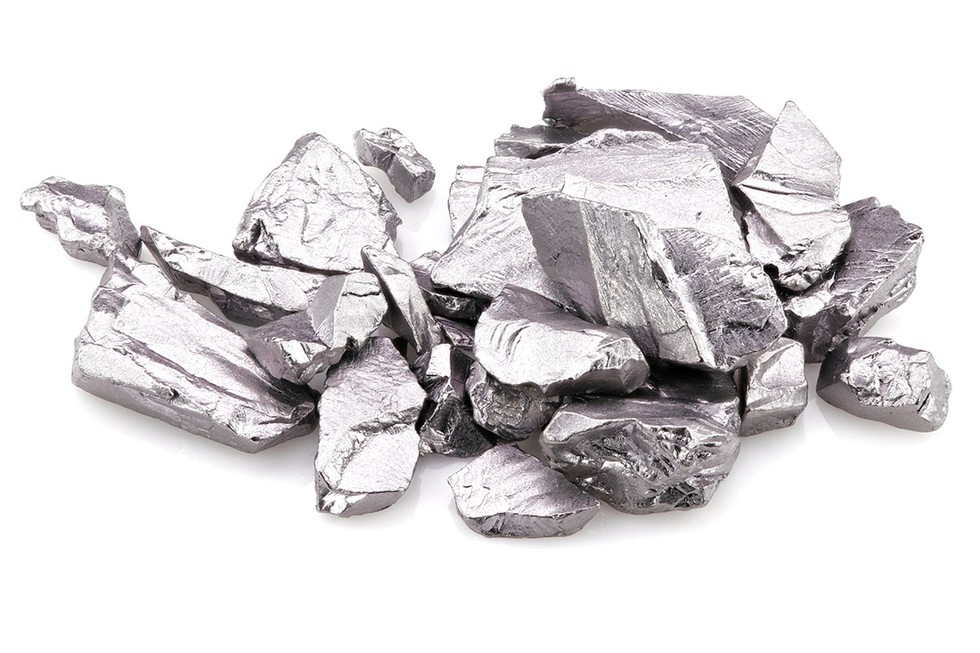
About Tantalum:
Madhya Pradesh has commissioned the l...
Studies have shown that with temperat...
The Central Government recently notif...
The Supreme Court recently held that ...
Recently, three underwater geographic...
Nasa’s Near-Earth Object Wide-field I...
Union Finance Minister introduced the...
Recently, researchers warned that sil...
Recently, India's first round-the-clo...
A team of climbers from the Himalayan...